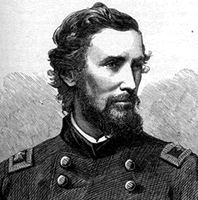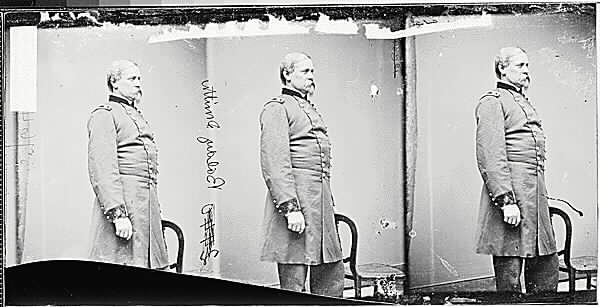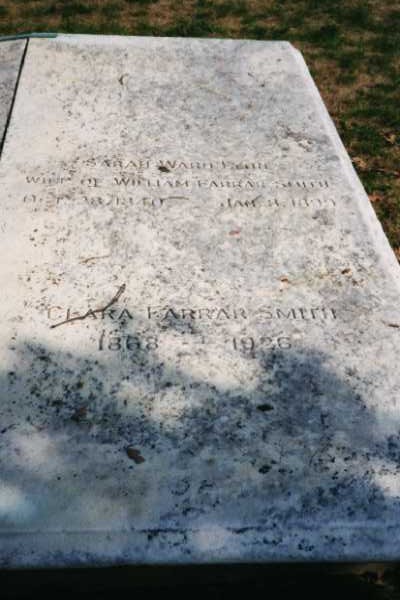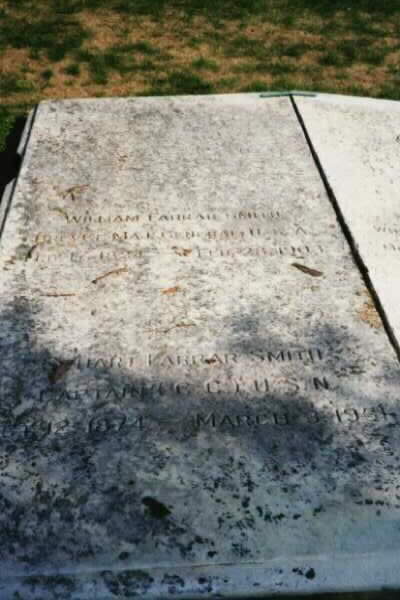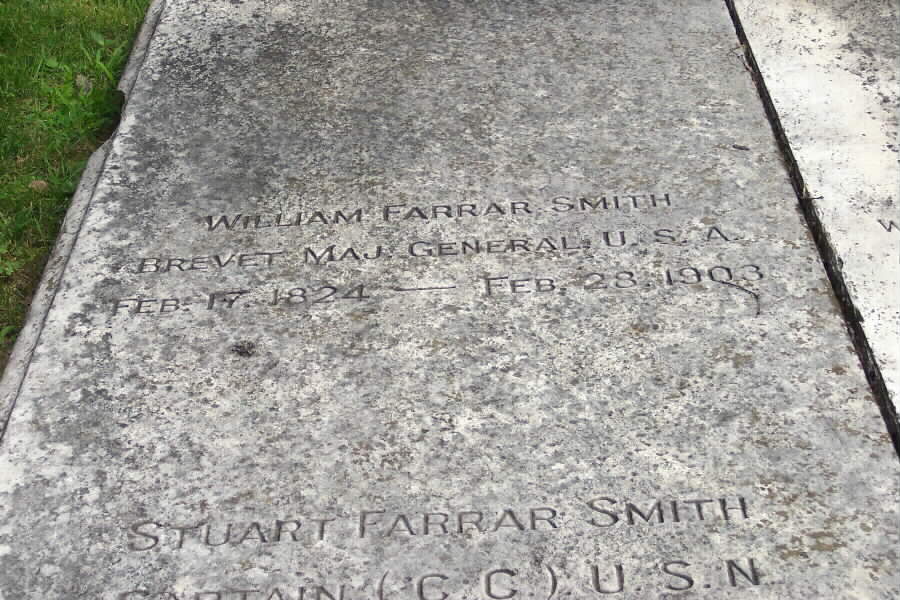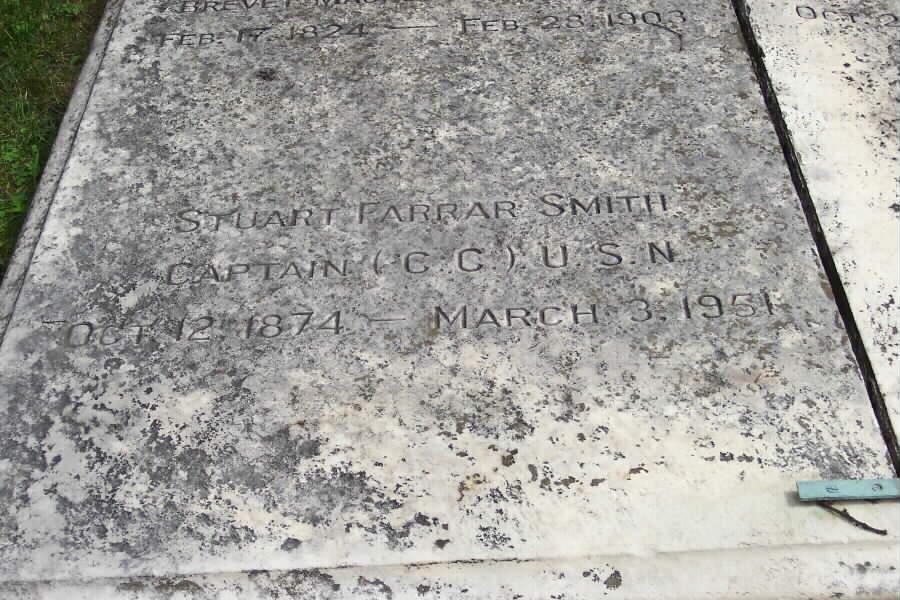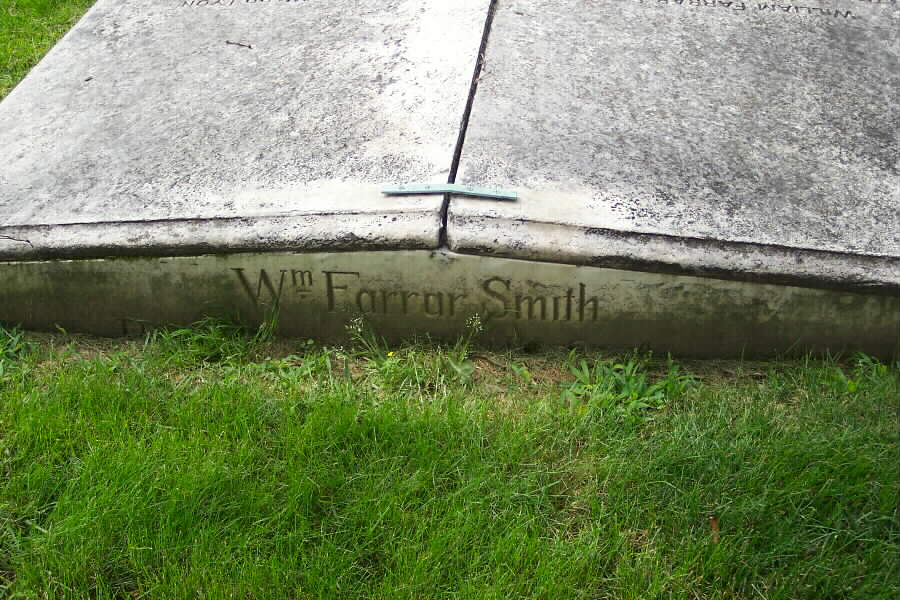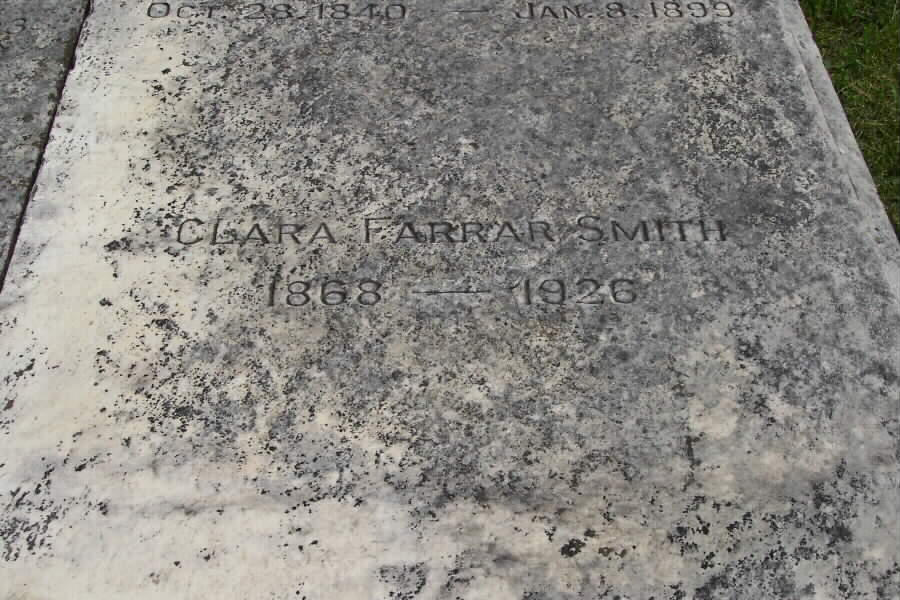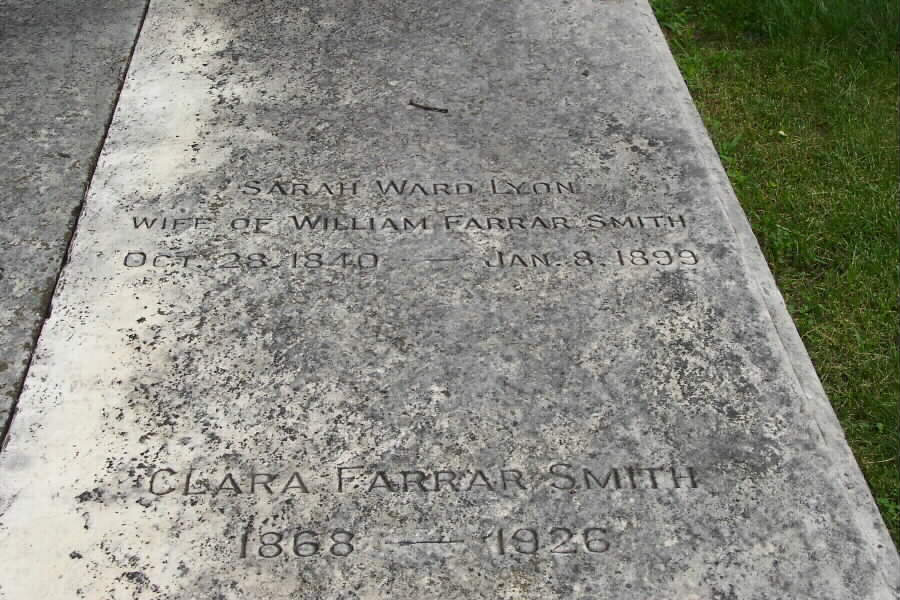William Farrar Smith, who was known in the Army as “Baldy,” was born at St. Albans, Vermont, February 17, 1824. He graduated from the United States Military Academy in 1845, ranking 4th in the class.
As an engineer officer, he spent the years before the Civil War in variety of surveys and exploration duties, as an instructor at West Point, and as Member and Secretary of the Lighthouse Board.
With the rank of Colonel of the 3rd Vermont Volunteer Infantry (from July 16), he took part in battle of First Mansassas on the staff of Major General Irvin McDowell, August 13, 1861. He was promoted to Brigadier General of Volunteers and commanded a Division of VI Corps on the Peninsula and in the Maryland Campaign and headed VI Corps at Fredericksburg, receiving promotion to Major General to rank from July 4, 1862.
After Fredericksburg, he and William B. Franklin, commander of the “Left Grand Division,” wrote a letter to President Lincoln unsparingly criticizing Ambrose E. Burnside’s plan of campaign of the future. This indiscretion, compounded by the fact that he was a close friend of George B. McClellan, resulted in his losing both his Corps command and his promotion (the Senate failing to confirm his nomination to Major General). This would not be the last time that he would be at odds with his superiors.
After a series of unimportant commands in Pennsylvania and West Virginia, and turned up in Chattanooga as the Chief Engineer of the Department of the Cumberland and later served in this position in the Military Division of the Mississippi. While in Mississippi he had a disagreement with William Starke Rosecrans over who was due credit for opening the supply line which brought commissary supplies and forage to Rosecrans’ starving men and animals after Bragg’s investment of Chattanooga. But he was praised by Ulysses S. Grant, William T. Sherman, and George H. Thomas for unquestioned engineering genius, and he made a valuable contribution to the assault on Missionary Ridge. Was accordingly reappointed Major General to rank from March 9, 1864, and duly confirmed. Grant now brought him east and gave him command of XVIII Corps of Benjamin F. Butler’s Army of the James. Although Butler’s fitness for military command was questionable, he wielded enormous political influence, and he might have restrained his impulse to state that Butler was “as helpless as a child on the field of battle and as visionary as an opium eater in council.”
His Corps was attached to the Army of the Potomac in time to take part in bloody repulse at Cold Harbor, where he found time to bitterly criticize George G. Meade. Next, his Corps and a Division of colored troops were ordered to take Petersburg. His fatal hesitation here, perhaps because of formidable Confederate works or perhaps because of a bout with malaria from which he suffered for a decade, may have lost him the opportunity to shorten the war by nearly a year.
On July 19, 1864, he was relieved from command of XVIII Corps, seemingly to placate Butler, for Smith was a Brevet Major General, United States Army, in the omnibus promotions of March 1865. He resigned his volunteer commission in 1865 and his Regular Army commission of Major of Engineers in 1867. In his remaining years he acted as president of a cable car co, as president of board of police commissioners of New York City, and from 1881 to 1901 as a civilian engineer in government employ on various river and harbor improvements. He made numerous literary contributions to the history of the war, including several articles for “Battles and Leaders of the Civil War.”
He died in Philadelphia (where he made his home for the last 10 years of his life), February 28, 1903 and was buried with full military honors in Section 1, Grave 150-B, of Arlington National Cemetery. Buried with him are Stuart Farrar Smith, Captain, United States Navy (12 October 1874-3 March 1951) and Clara Farrar Smith (1868-1926), presumably his son and daughter.
Courtesy of the Vermont Historical Society:
William Farrar Smith, also known as Baldy Smith, was born in St. Albans, Vermont, February 17, 1824, the son of Ashbel and Sarah Butler Smith. He was educated locally until appointed to the Military Academy at West Point in 1841. He graduated in 1845 and was commissioned as brevet second lieutenant in the Corps of Topographical Engineers. He served in the Corps making surveys of the Great Lakes, Texas, Arizona, Mexico, and Florida. While in Florida he became severely ill with malaria, and although he recovered, it affected his health for the remainder of his life. In 1856 he became involved in the light-house service, headquartered in Detroit, and eventually became Engineer Secretary of the Light-House Board. During his early career, Smith also taught mathematics at West Point, which allowed him the opportunity to learn more about military history and warfare than his otherwise scientific career provided him.
Because of his knowledge of the south, acquired through surveying and through his work protecting southern light houses, in 1861, at the outbreak of the Civil War, Smith was sent to Fortress Monroe as an engineer officer to do reconnaissance work around Yorktown and Big Bethel, but had to leave that position because of his health. He was then commissioned as Colonel of the Third Regiment of Vermont Volunteer Infantry, and was instrumental in arranging to have the Vermont regiments trained together as one brigade, rather than joined with regiments from other states. He was named Brigadier General in August of 1861 and almost immediately was given charge of the Second Division of the IV Corps, Army of the Potomac. In June 1862 he was brevetted lieutenant colonel in the regular army and a month later became major-general, and commanded the Second Division, VI Corps, at Antietam, and was brevetted colonel. After Fredericksburg he and William Buel Franklin wrote to Lincoln complaining of the leadership in the military and objecting to the plan of war and offering an alternative. Because of that he was transferred and was not given the commission of major-general but reverted to brigadier general. In October of 1863 Smith went to Chattanooga as chief engineer and by March 1864 was re-appointed major general. He was then assigned to the XVIII Corps under Benjamin Franklin Butler but because of tension between Butler and Smith, he was relieved of his command. In March of 1865 Smith was brevetted brigadier-general and major general for distinguished services at Chattanooga and in the Virginia Campaign of 1864.
He resigned from the volunteers in 1865 and from the regular army in 1867. Smith applied his engineering expertise in the private sector as president of the International Ocean Telegraph Company until 1873. After spending a couple of years in Europe he went to New York City and became president of the Board of Police Commissioners until his resignation in 1881. He spent the rest of his life working on various engineering projects for the government (in 1889 he was restored to the military as major), and writing about his service in the Civil War. His publications include: Military Operations Around Chattanooga (1886); articles for Battles and Leaders of the Civil War (four volumes, 1887-1888); The Relief of the Army of the Cumberland, and the Opening of the Short Line of Communication between Chattanooga, Tennessee, and Bridgeport, Alabama, in October 1863, Wilmington, Delaware: C.F. Thomas and Co., 1891 (973.741 Cs); From Chattanooga to Petersburg Under Generals Grant and Butler; a Contribution to the History of the War, and a Personal Vindication, Boston: Houghton, Mifflin and Co., 1893 (973.741 J23s); and The Re-opening of the Tennessee River Near Chattanooga, October 1863 as Related by Major General George H. Thomas and the Official Record, compiled and annotated by Bv’t Major General W. F. Smith, Wilmington, Delaware: Press of Mercantile Printing Co., 1895.
William Farrar Smith married Sarah Ward Lyon of New York City, in April 1861. They had five children, only two of whom survived their parents: Clara and Stuart Farrar.
Smith died in Philadelphia in 1903.
Michael Robert Patterson was born in Arlington and is the son of a former officer of the US Army. So it was no wonder that sooner or later his interests drew him to American history and especially to American military history. Many of his articles can be found on renowned portals like the New York Times, Washingtonpost or Wikipedia.
Reviewed by: Michael Howard

